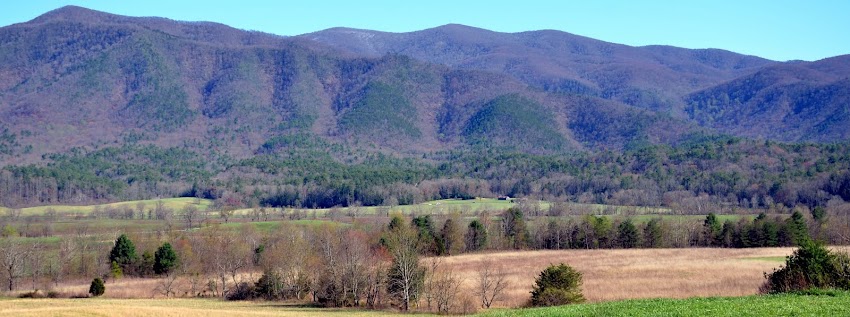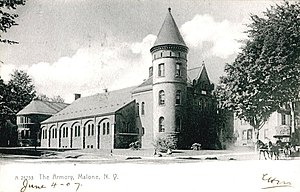 |
| Descendant of the Puritan Faith |
Malone, no shock to anyone living
here for long, had never been prosperous. In the early years, no one had money.
Literally. To purchase goods, people bartered. Only one man appeared to own any
cold cash—Obadiah T. Hosford. He had two silver dollars that he clinked in his
pockets. This had to be quite the status symbol since several histories had
noted it.
Hosford ran the Hosford House for
thirty years. Seaver said this boarding house was just south of where the
railroad crossed Elm—so I believe that was up by Raymond Street. In addition to
money, Hosford was said to have been the owner of the second horse in town.
Because of the poverty and
isolation, “a common spirit of helpfulness seemed to pervade all hearts”
(Seaver, Historical Sketches 26).
This time period saw life here “all grim earnest, almost unintermittent toil,
privation and poverty without much pauperism” (Seaver 26). In 1825 with a
population in Malone itself of about 2,719, only one in every one thousand was
a pauper, leaving a total of about eight in the whole county (Seaver 39). The
poor at this time were always cared for and our own need caused us to give to
one another.
Our communal spirit and concern
for one another was seen in things like work bees. Since no one could hire
labor nor do it oneself, we worked. Usually for booze. (see my blogs on
bootlegging).
Rum and whiskey was freely
provided from local distilleries. The most infamous of our five distilleries,
“Whiskey Hollow,” was located by the electric plant on Lower Park Street. This
brewery lasted the longest of all in the town, and according to Seaver, at one
time rivaled the town in importance (411).
Despite our predilection for
liquor, which was a puritanical allowance, and old-timer said, As I remember
Malone, it was the most perfect representation of the ideal puritanical
village” (Seaver 37). This could be taken almost literally since most of the
town were members of the First Congregational Church—a denomination descended
from the Puritans. In the earlier years, it was fashionable to be a church
member.
And if you are aghast at the
paucity of entertainment today, the only amusements tolerated, at least
according to one private letter, was church, prayer meeting and singing school
(Seaver 37).
Do you know more about Malone's beginnings? Anything to add? Corrections needed? Feedback is always welcomed.







